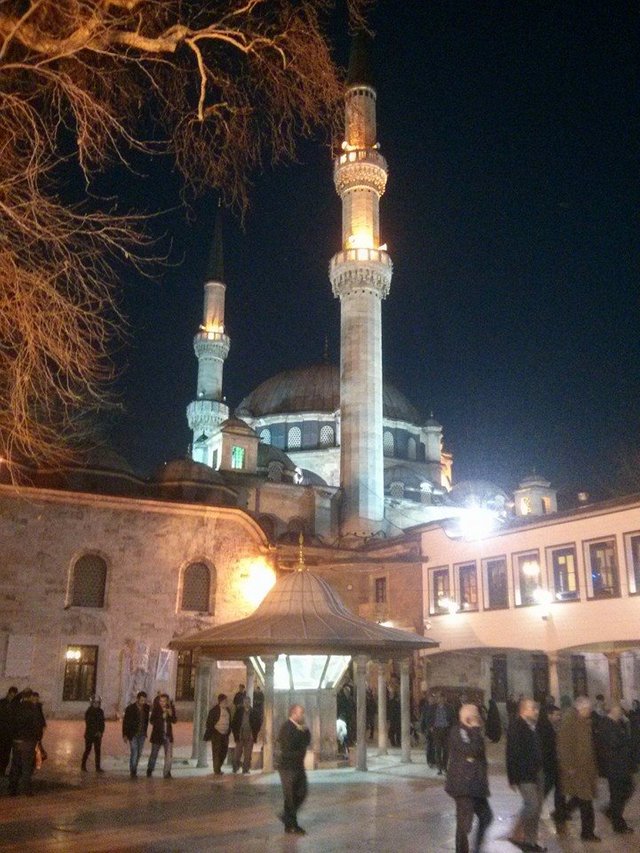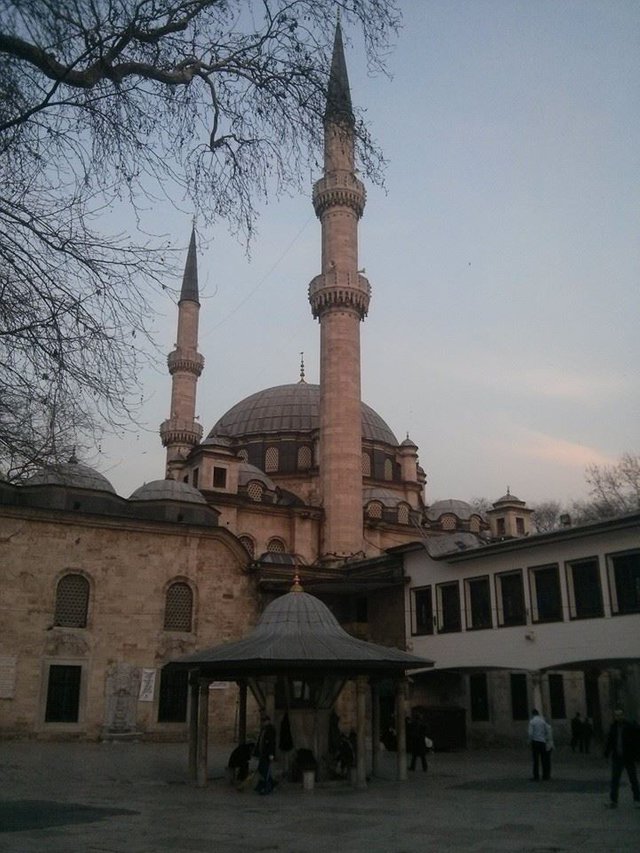Information about Sultanahmet Mosque

Night

Daytime
The Blue Mosque (Blue Mosque) has been named as one of the most successful examples of Turkish-Islamic architecture due to the glamorous designs that decorate its inner walls. The structure, which brings a whole new perspective to the Ottoman mosque culture with its architectural understanding preferred in the beginning, is one of the stops to be seen within the scope of the Historical Peninsula tour. Sultanahmet, who gave a name to a cave with all its aspects ...
The religious structure that finds its place in the list of places of the tourists in the historical peninsula was built between 1609-1616 in the direction of Sultan Ahmet I, who is well known for his spiritual importance. After Sinan, the building bearing the signature of Sedefkâr Mehmet Aga, considered to be one of the most important names of Ottoman architecture, is the first selat (moon) mosque built with appropriation separated from the state treasury.
Sultanahmet was built in the place of Ayse Sultan Palace, which covers a large area of the Horse Square facing the sea. The palace in the direction of Keble was bought for 30.000 gold. Many statesmen, especially the sultan, worked in the mosque. In fact, the foundation was laid by the 1st Ahmet personally. The excavation that the sultan shot at the base was displayed today at the Topkapı Palace.
Booking.com is currently closed for domestic reservations, but you can book your hotel at Agoda.com, our subsidiary.
Sultanahmet, which has been criticized by various sections after its completion, is known as the first and only 6 minaret mosques in Ottoman borders. The focus of criticism about the structure is that the number of minarets is the same as the Mecca Mosque and the high amount of money spent despite the decrease in the income of the empire. Some of these criticisms came to an end because Ahmet I built Mecca's 7th minaret.
Mehmet Aga determined the number of the glass of honor to be 16. When the architect chooses this number, he wishes to emphasize that Ahmet I. was the 16th Sultan who was the throne in the Ottoman Empire when the Fetret Revolution joined the account.
Topkapi Palace, Yerebatan Cistern and Grand Bazaar, Sultanahmet, which is one of the most interesting historical buildings of Istanbul, had a large complex when it was first built. However, a large part of the mullet, which consists of medrese, shamanism, imaretthane, arasta, hamam, has failed to reach the present day. Nevertheless, you can see the one-domed grave of Ahmet I, who passed away at the age of 28 and the sun clock, in the garden of the building. The fountain in the window is designed as 6 columns.
There is a cord made of red iron at the main gate of Sultanahmet Mosque, which can be accessed from Avlu 3 door. This cord was placed in the entrance and asked to be given the message, "Even if the sultan who came to the house of Allah has to bow down when entering."
As a result of the conversion of Hagia Sophia to the museum in 1924, the religious building which has become the main mosque of Istanbul will be reached through the main gate and the interior is placed on four columns and closed with a magnificent dome 43 meters high.
The diameter of the dome decorated with eye-catching designs is 23.5 meters. Blue, the predominant color in the designs on this part of the glass, was used during repairs at different times. In the restoration, completed in 1990, the ceiling patterns could be made partly original.
During the visit, approximately 22,000 tiles from İznik and Kütahya are adorned on the walls of the glass where you will be able to hear the prayers of the best muezzins of Istanbul.
The motifs of different kinds of flowers are handled on the tiles, which have a great role in the attraction of the glass. Thanks to the 260 windows that illuminate the building, the china looks very beautiful especially when the weather is clear.
Apart from the 16th and 17th century Chinese, I will recommend you to see inside the Sultanahmet section of the mosque's mihrabı, minberi and şunkur kalrı. The marble altar is covered with china decorated with floral motifs, just like the walls, and the visuality is increased with columns.
The elements that make the golden gilded glory of the minbar are geometrical passages and reliefs. The first example in the Ottoman Empire was built for the sultan to rest before and after the Nazarene. We recommend you to spend some time to see the fine wall work inside the mansion decorated with golden gilded gates, mother of pearl.
World of Photography
>Visit the website<
You have earned 6.50 XP for sharing your photo!
Daily photos: 1/2
Daily comments: 0/5
Multiplier: 1.30
Block time: 2018-09-08T20:00:48
Total XP: 6.50/100.00
Total Photos: 1
Total comments: 0
Total contest wins: 0
Follow: @photocontests
Join the Discord channel: click!
Play and win SBD: @fairlotto
Daily Steem Statistics: @dailysteemreport
Learn how to program Steem-Python applications: @steempytutorials
Developed and sponsored by: @juliank
That's good news,
Thanks